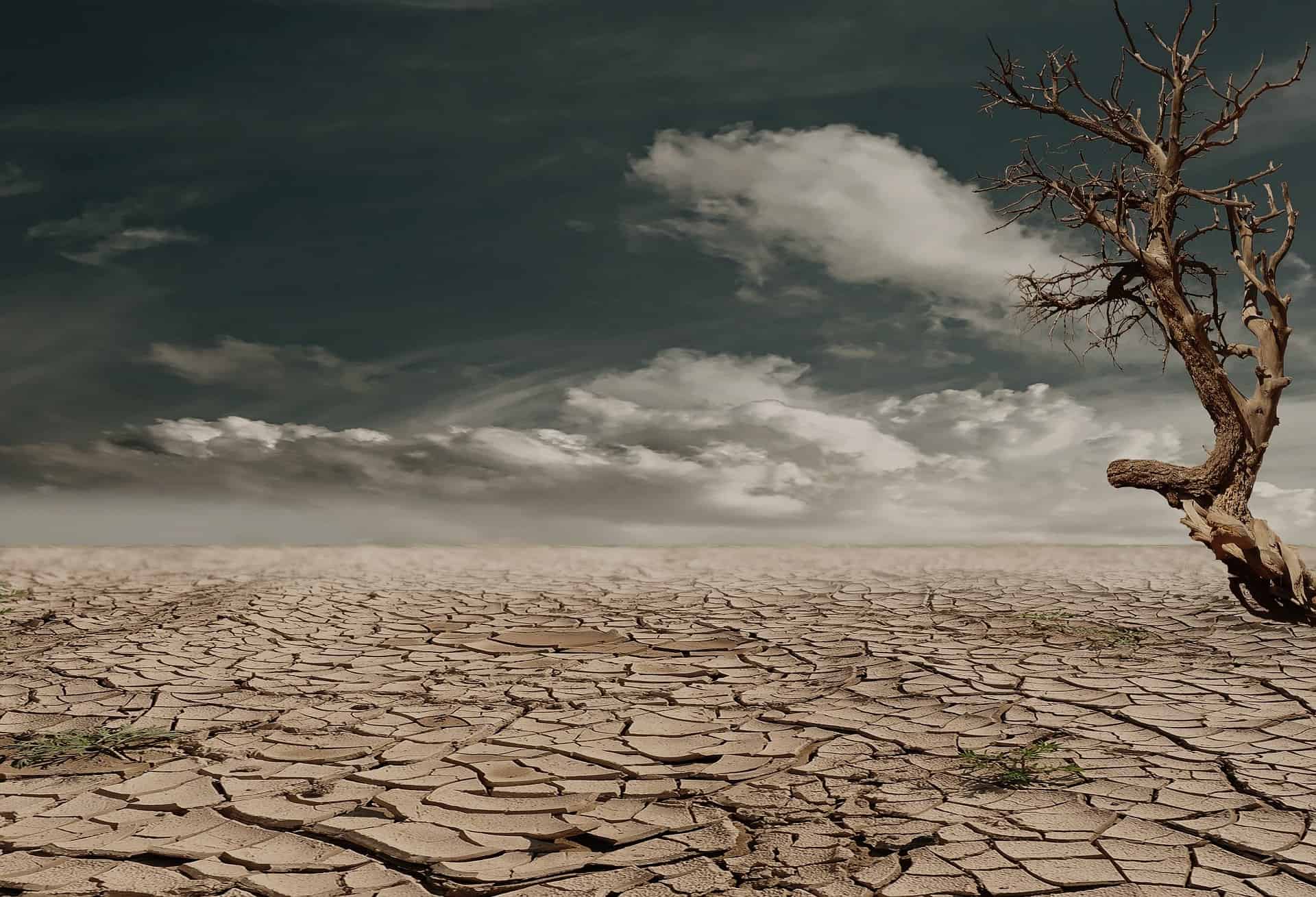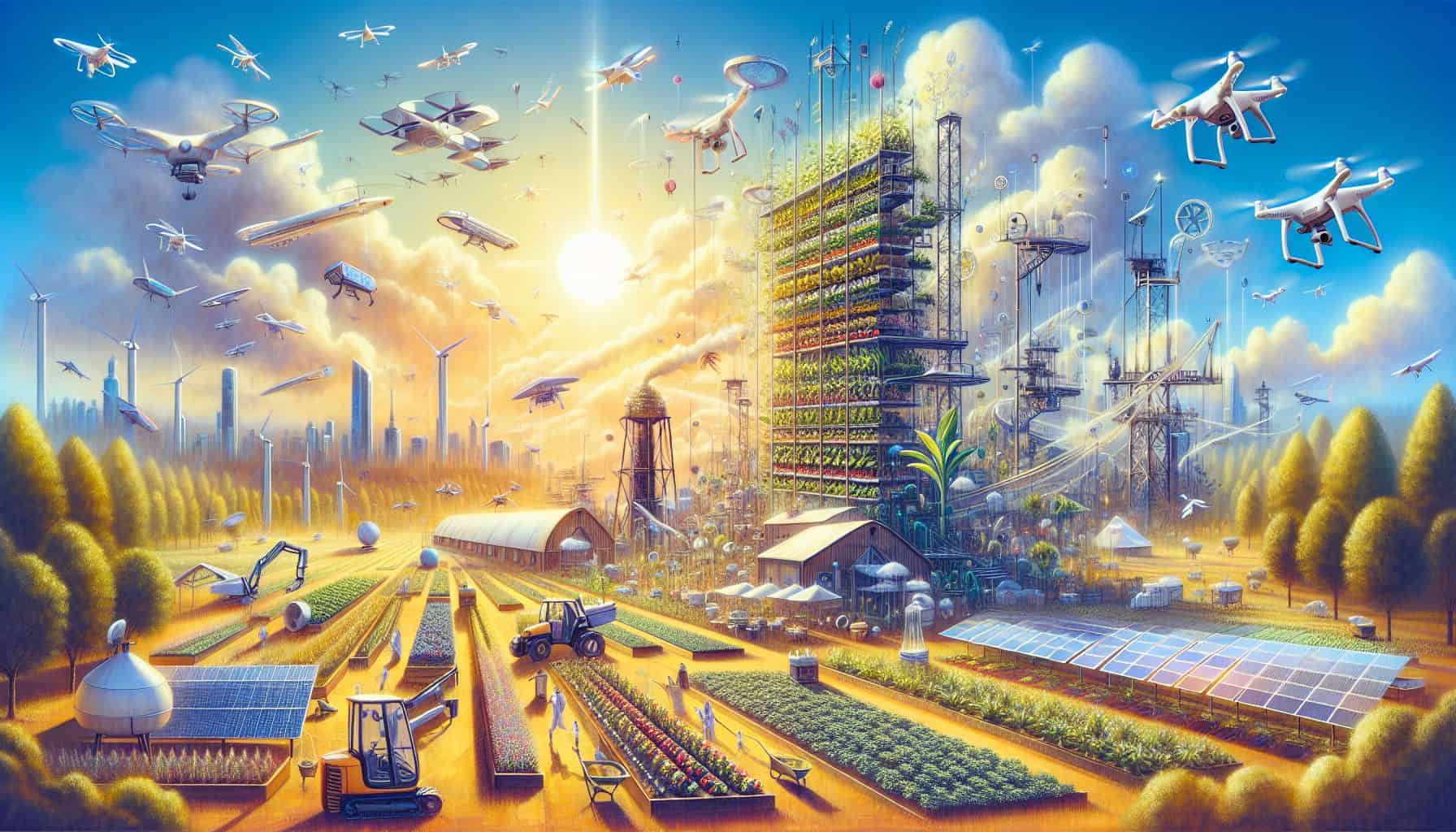
A distressing water crisis brewing in rural America, with over 2 million people grappling with reduced living standards due to limited water access and poor quality. Worldwide approximately 2 billion people lack access to clean drinking water and 3.6 billion are without access to adequate sanitation.
The problem of water scarcity is not confined to developing countries or arid regions. Even in the United States, recognised as a global leader in technology and innovation, millions are grappling with the harsh realities of water shortages and poor water quality. The situation is particularly dire in rural communities, where access to clean water is limited by a combination of socio-economic disparities, aging infrastructure, and natural disasters.
- Worldwide approximately 2 billion people lack access to clean drinking water.
- Climate change, poor water management, growing demand, and water pollution are contributing to this crisis worldwide.
The scale of the crisis
A myriad of factors contributes to this crisis, including socio-economic disparities, aging infrastructure, and the impact of natural disasters. While urban centres are not immune to these issues, rural communities bear a heavy burden, often due to underfunded and outdated water systems. Small water systems, prevalent in these communities, are responsible for over 80% of the violations of the federal Safe Water Drinking Act between 2016 and 2019.
Alarmingly, millions more Americans may be exposed to contaminated water from wells and small systems not regulated by the Environmental Protection Agency (EPA). These numbers paint a grim picture of the state of water access in one of the world’s wealthiest nations.
The quest for solutions
Addressing this crisis necessitates a multi-pronged approach, leveraging both technology and policy interventions. Increasing investment in water infrastructure is key, as is expanding access to financing for rural water systems. Public-private partnerships and awareness-building efforts can play a vital role in improving infrastructure and filling existing gaps in rural communities.
On a global scale, entrepreneurs are developing innovative solutions to address the water crisis. However, these initiatives face hurdles in securing investment and regulatory support. For instance, HydroIQ in Kenya has developed technology to reduce water loss due to leaks, saving around a billion litres of water. Cascade Water Products in the UK has designed a system to recycle non-drinking water for household use, significantly reducing water consumption. Yet, scaling up these solutions remains a challenge due to a lack of investor awareness and support.
The role of organisations
Organisations like UNICEF are working at multiple levels to tackle this crisis. Their strategies involve introducing context-specific technologies to increase access to safe water, identifying new water resources, improving the efficiency of water resources, planning for future water needs in urban areas, and developing climate-resilient water sources.
These efforts also extend to changing behaviours, working with schools and communities to promote an understanding of the value of water and the importance of its protection. This includes supporting environmental clubs in schools and working with key stakeholders at national and sub-national levels to understand water requirements for domestic use, health, and sanitation.
Addressing the crisis globally
Water scarcity is a global crisis that requires urgent attention. In addition to the 2.2 billion people who lack access to safely managed drinking water services, 4.2 billion people do not have safely managed sanitation services, and 3 billion people lack basic handwashing facilities.

Innovation from areas that have dealt with water crises for decades can serve as a source of inspiration for addressing the water crisis in the United States. Solutions like HydroIQ, which have successfully reduced water loss and saved significant amounts of water in countries like Kenya, can offer valuable insights and strategies for developed nations facing similar challenges. By studying and adapting these innovative approaches, the United States can benefit from the knowledge and experience gained in regions that have long grappled with water scarcity, limited resources, and aging infrastructure. Embracing such innovations can not only help improve water management and conservation practices but also foster collaboration between nations in finding sustainable solutions to the global water crisis. By learning from the successes achieved in the developing world, the United States can enhance its efforts to ensure a reliable and safe water supply for its citizens while contributing to the broader global endeavor of preserving this precious resource for generations to come.








